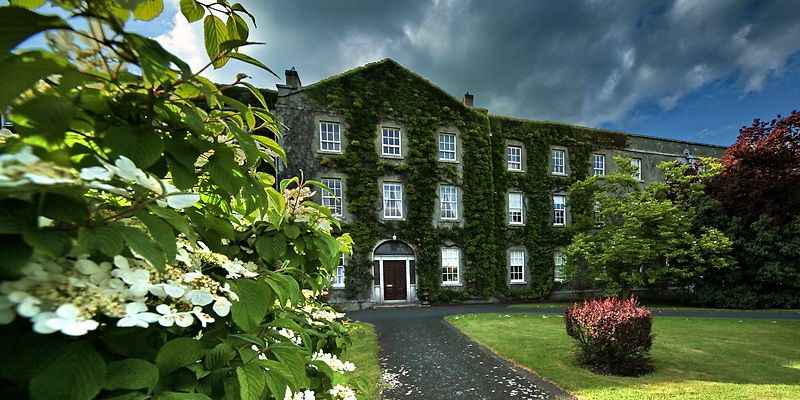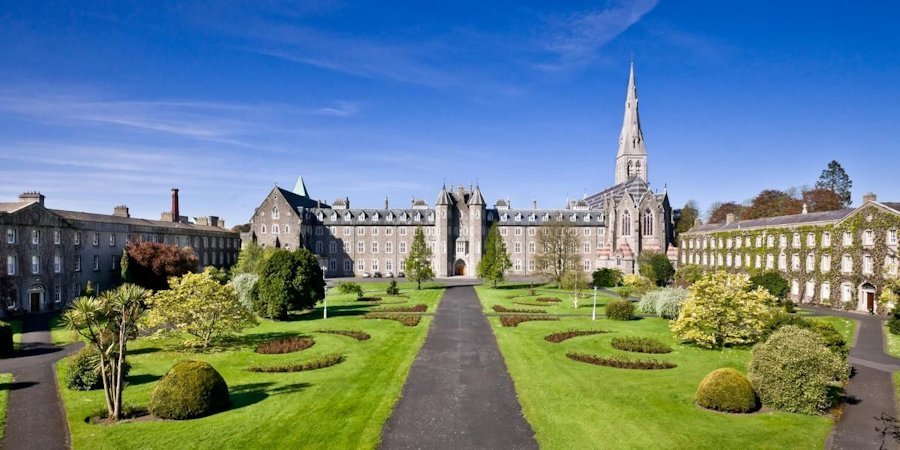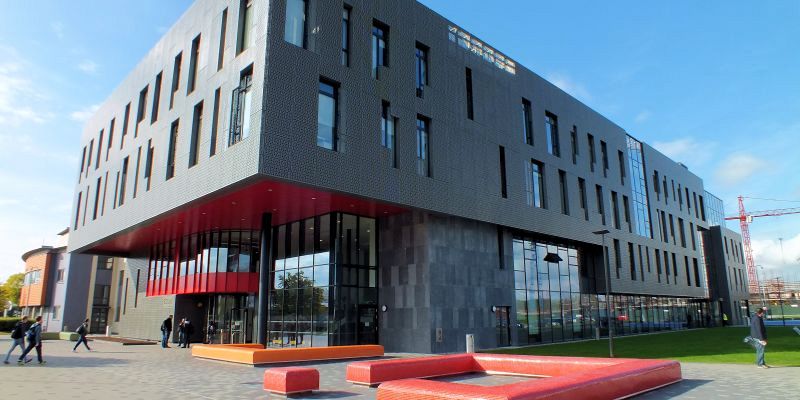Welcome
Welcome to the rain-drenched Brain and Computation Laboratory, formerly at the University of New Mexico campus and botanical garden, now on the beautiful National University of Ireland Maynooth campus.
Our mission
Understanding how the brain works is a major goal of twenty-first century science. Our Brain and Computation Lab studies computational apsects of the nervous system from a number of directions. One approach is to develop algorithms that model the function of the nervous system. This involves thinking about what computational goals various aspects of brain function might have, and exploring how such computational goals might be met using the sorts of hardware present in the nervous system. In this regard, we concentrate on learning and adaptation: how can the brain learn temporal sequences, how can it solve the "cocktail party problem", how can it smell the world, etc.
A second approach is to use various instruments to observe how the brain operates. Here, we concentrate on magnetoencephalography (MEG), a technique which combines high temporal precision with high spatial sensitivity. We are using algorithms originally motivated by modeling low-level sensory processing to the interpretation of MEG data. Using these methods, we are able to measure brain function on a continuous basis, which allows us to address questions about timing, variability, and plasticity in the human brain.
Research areas
- Source separation (sparse, blind, etc.)
- Information-theoretic developmental multimodal models of attention
- Low-level brightness illusions as optimal perception
- Functional brain imaging (MEG/EEG/other) related:
- Integration of multimodal brain imaging data
- Brain-computer interfaces
- Human cortical plasticity
- Variability in human sensory processing
- Functional models of rhythmic activity
- Automatic differentiation
- Advanced programming languages for scientific computing



